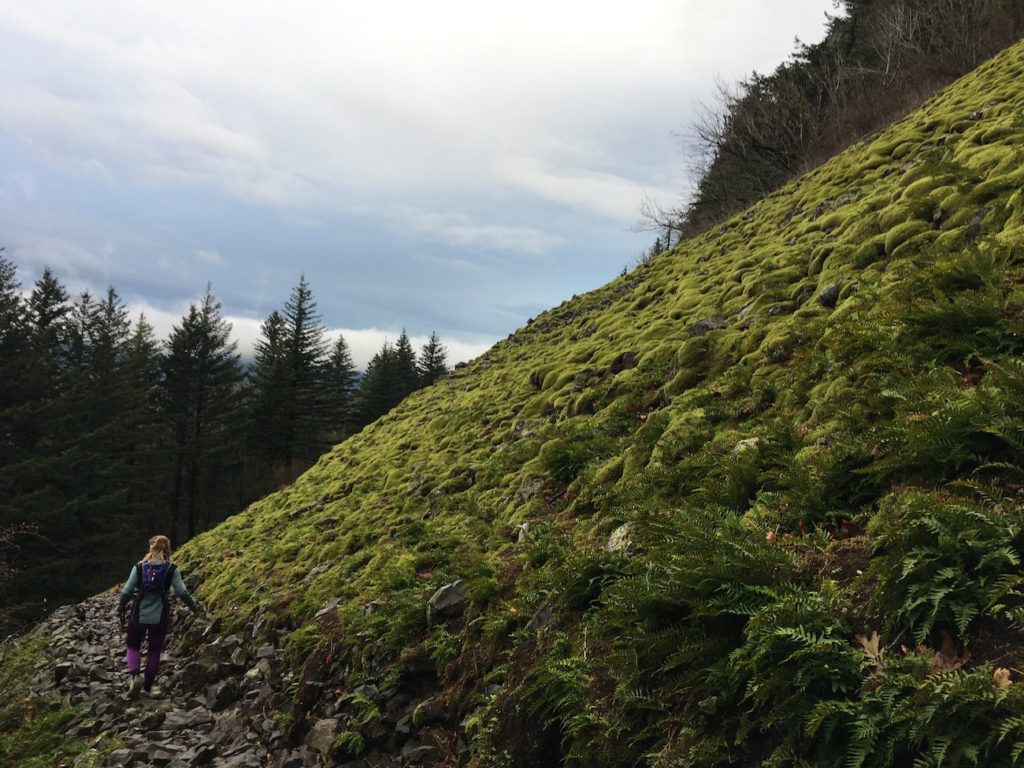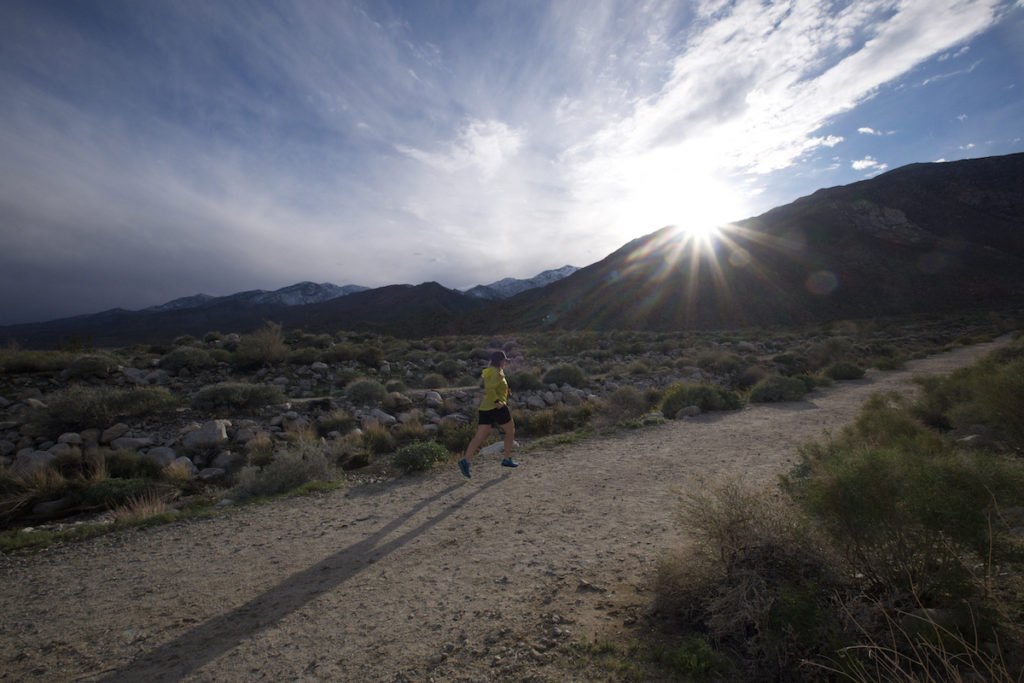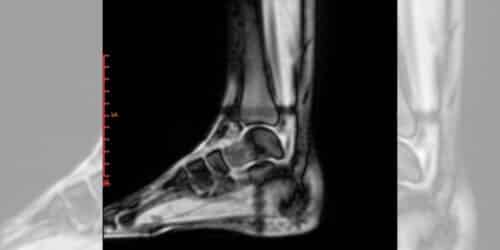Goal-setting. That’s an easy topic for most of us trail runners. The next race, the next adventure run, the next big fat ass* are always at the ready. There are any number of training plans we can adopt to ensure we are geared up for the big day. There’s no lack of enthusiasm for big goals in the ultra world, that’s for sure. But sometimes the wheels come off on race day or we get injured amidst what is supposed to be an air-tight training plan. Then what? Often, we have to go back to the basics, redefining the goal, turning plan B into the new plan A. Turning Plan B into Plan A calls for adaptivity, mental agility and patience.
Sometimes, a setback calls for an honest assessment of what’s working, what’s no longer working, or was never a good fit to begin with. With so much input from social media, books and talks, it can be natural to adopt goals that “sound like a good idea!” The truth is, if you aren’t aligned with a goal, you probably won’t give it the dedication and attention required to see it through. I’m not talking about a 50K training plan. The goal is the distance there, and the path is set. What I’m talking about are the smaller wellness goals that we can set to improve mental function, recovery and performance.
Aligning your intentions alongside your goals is a streamlined and meaningful approach to getting the work done. In addition, turning a negative into a positive can also help. So often with these smaller goals we focus on how we don’t want to feel versus how we do want to feel. Maybe you fight serious fatigue on longer runs. It’s easy to focus on the question, “Why am I so tired?” when the more helpful question is, “What small changes can I make to support my body having more energy?”
Intention is a big picture guide. That’s your WHY. I recommend getting intimate and honest with your why and your intentions. You want to set goals specific to you. When your intent summons pleasant feelings, rather than “not-good-enough, judgmental” feelings, you are also more likely to succeed because of the way your brain gets stimulated to create helpful pathways1.
Some of the most profound goals can be the simplest and most mundane, like holding plank for a little bit longer each day. Have you seen ads for programs that will teach you how to do a handstand in 6 months? 6 months! It takes patience, desire, and automaticity to get there, but it is absolutely possible. Research shows that it actually takes an average of 6-10 weeks to take a new goal under our wing for good, and to make it a habit or routine2. Additionally, a new goal or routine can become more automatic when we tether it to a task we already do each day. An example of this would be doing squats while brushing your teeth or balancing on one leg at time while waiting for the bus (movement goals).

There is a nice snowball effect when we identify fundamental goals and implement them with consistency. That snowball effect is amplified when we share the love around the table of wellness setting, with a goal in each category.
The pillars of wellness include:
- Movement
- Fueling
- Restoration
- Relationships
Movement
How do we use our bodies? How much can we move our bodies each day, each week? Are we paying attention to how we balance our movement (running and yoga, anyone)? How often can we bring our physical A-game to the table without ending up injured? Movement goals for trail and ultrarunners have much more to do with putting on the brakes and making sure to even out the intensity. This means (gasp) not running every day, but being sure to intersperse weight training, dynamic stretching and stabilizing exercises.
As our bodies age, the need for longer periods in between workouts becomes apparent. Luckily, there are some hacks, like tailored cool-down sequences, cryotherapy, and float tanks that can help ward off overuse during tight training blocks. This is a good time to get sound advice from a coach or personal trainer as to when these modalities can be used to your advantage.
Fueling
Because ultrarunning is equal parts mental and physical, it’s important to remember that our brains also require a heck of a lot of fuel to function. It’s not just our muscles eating up all those calories! If you are feeling constantly overworked by your runs, it’s time to visit you doctor or nutritionist to get it sorted sooner rather than later. In some cases, there may by underlying medical reasons that your body is not able to process certain nutrients, and supplementation may be necessary.
Fueling is also an area that I see change a fair amount as our female bodies move closer to perimenopause. The body can become a bit more meticulous in what it prefers in order to perform well. Sometimes, bodies change enough that certain foods just don’t work as well as they used to. With that in mind, it’s still important to get a good spread of macronutrients (fat/carb/protein) and micronutrients (vitamins and minerals) over the course of the week.
Restoration
Recovery after exercise is especially important for women. Our blood pressure trends lower overall than men’s and dips lower after working out. We need a cooldown period to aid in getting nutrients to muscle and to liberate lactic acid.
The key element of restoration is sleep. Sleep is thought to be a time for cerebrospinal fluid to clear waste products from the brain3. The liver and kidneys are working all day, but especially all night to dump excess waste into urine and stool for us. The immune system ramps up overnight to ensure we have all the components we need to fight off infection and repair injured tissue. An average of 7 hours of sleep will allow these functions as well as proper hormonal regeneration to transpire.
Down time is another piece of the restoration matrix. Too often we overbook our time. I have made it a practice to schedule regular downtime and also make that recommendation to my patients. FOMO is real, I get it. Burnout is just as real. Direct your FOMO towards the sauna, the hammock, or the float tank once a week. Make a date with just you and forget about posting it on social media. Secret self-care missions pay off big-time.
Relationships
Relationships are crucial in life and in running. Taking inventory of our relationships is a real exercise in gratitude:
- With your people: your immediate circle of family and friends, co-workers and the trail running community at large (let’s hear it for Trail Sisters!) and also knowing when to have excellent boundaries when necessary
- With your environment: being aware of how your home set-up supports your goals and cashing in on the abundance of total health benefits you get from being out in nature
- With yourself: (aka the most important of all) having patience with yourself, showing yourself kindness and gratitude. Patience serves us so well in reaching our goals, and yet we don’t always pay it much attention. Impatience arises when we are uncomfortable. It is a physiological response to protect us from discomfort. Change is uncomfortable. Setting new goals and sticking to them is uncomfortable. Give yourself room to grow through this and be patient. Ask yourself if the change you are making is actually intolerable, or is it uncomfortable?
Putting it all together
I challenge you to slow down enough during your next run to start thinking about what will serve you in the here and now, instead of some future version of yourself. Let’s say your intent is “Freedom”.
- Freedom of movement might look like getting up 5 minutes early each morning to stretch.
- Freedom in fueling could be bulk ordering your favorite trail snacks so they’re available in abundance.
- Freedom in restoration–allow yourself to pick a new way of relaxing for an hour each week.
- For freedom in relationships, surprise a friend by letting them know how much they mean to you, just for fun.
Be resilient in your goal-setting. Remember to stay patient. Keep the big picture in mind and your intentions in your pocket. Sister, you are here to do great things. Go and get them done.
*Fat Ass = a low-key, loosely organized race (ish) adventure
- Endocannabinoid Modulation of Orbitostriatal Circuits Gates Habit Formation. Gremel CM1, Chancey JH2, Atwood BK2, Luo G2, Neve R3, Ramakrishnan C4, Deisseroth K4, Lovinger DM5, Costa RM6. Neuron. 2016 Jun 15;90(6):1312-1324. doi: 10.1016/j.neuron.2016.04.043. Epub 2016 May 26.
- Making health habitual: the psychology of ‘habit-formation’ and general practice, B. Gardner, P. Lally, J. Wardle Br J Gen Pract. 2012 Dec; 62(605): 664–666
- Functions and Mechanisms of Sleep. Mark R. Zielinski,1,* James T. McKenna,1 and Robert W. McCarley2AIMS Neurosci. 2016; 3(1): 67–104. Published online 2016 Apr 21
*Feature image by: Michael Roe www.roe.co.nz
















One Response
Such an important and well
written piece! Thank you, Amanda!